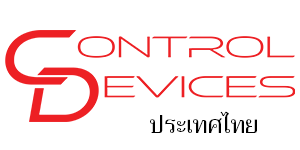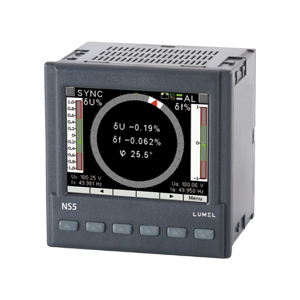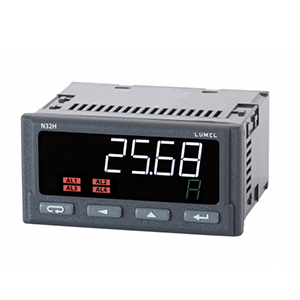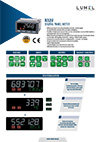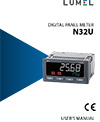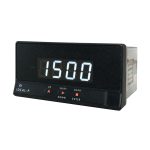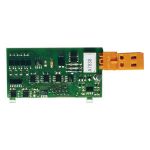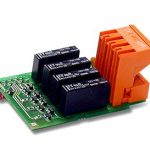Description
The Lumel N32U Programmable meter for temperature, resistance and standard signals. The N32U digital meter has a modern and easy-to-read LCD display, universal measuring input and RS485 digital output as a standard.
Lumel are the producers of automation devices for measurement, control, transmission and visualisation of various industrial processes. They also provide Services of designing and manufacturing of automation systems.
Since 1954 Lumel brand has been known as a producer of quality measuring devices and high-pressure die-casting all over the world. Their high position in the market has been achieved thanks to continuous development, employees and modern technology in areas of research, design and production. They deliver complex solutions for power and industrial automation sector as well as for automobile, chemical, steel, or HVAC industries
Their objective is to provide comprehensive solutions by designing intelligent systems based on the electronics Lumel manufactures, which are measuring and regulating equipment for industrial, automotive and military applications, as well as through service production of electronics.
